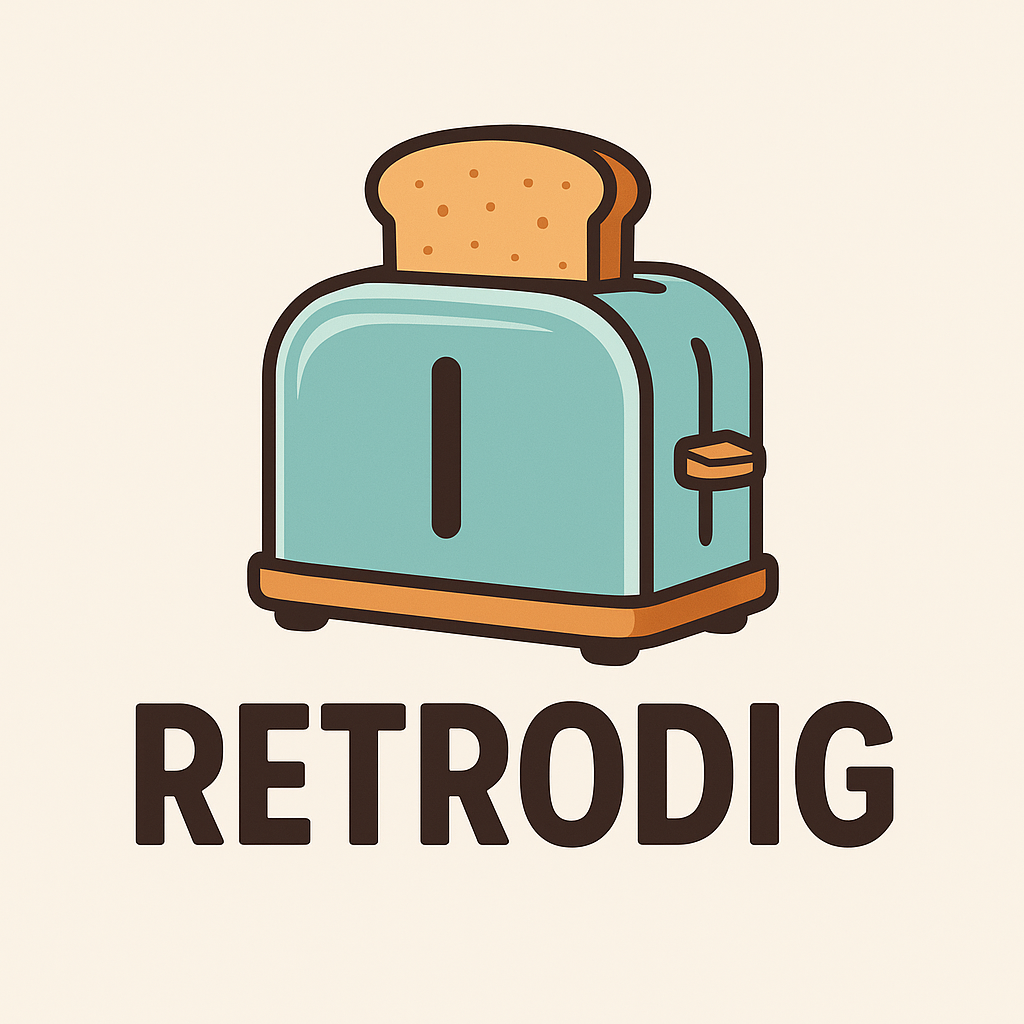When most people think of toasters, they imagine a simple rectangular box with two slots. Retro toasters, however, often broke this mold, embracing playful, experimental, and sometimes downright bizarre shapes that reflected the design trends and consumer tastes of their era. For collectors and enthusiasts, these unusual shapes are some of the most exciting features to explore because they combine function, artistry, and a sense of nostalgia that standard appliances cannot match.
In the 1920s and 1930s, toaster designs were primarily utilitarian, but even then, manufacturers began experimenting with subtle curves and rounded edges. Early models like the Toastmaster “Barefoot” series featured soft, rounded corners and compact forms that made them stand out from the industrially boxy appliances of the time. Chrome and bakelite were commonly used to create smooth, tactile surfaces that were not only durable but visually appealing. Even small deviations from a straight-edged design were considered innovative, signaling the transition from purely functional appliances to objects of domestic style.
The 1950s and 1960s saw the rise of more overtly playful shapes. Designers incorporated arches, curves, and bulges to make appliances feel friendly and approachable. Toasters were designed to complement the pastel-colored, sleek, and modern kitchens of the post-war era. Some models were slightly tapered or rounded in ways that mirrored other kitchen elements, such as rounded countertops or curved cabinet handles. Lever shapes also became more creative, often elongated or stylized, adding to the toaster’s overall personality. Collectors today prize these shapes for their charm and visual appeal, as they clearly reflect the optimism and design experimentation of mid-century kitchens.
By the 1970s and 1980s, toaster shapes became even more adventurous. Geometric influences inspired squared-off edges, beveled corners, and asymmetrical designs. Some toasters featured oval or dome-like profiles, while others incorporated wood or plastic panels in unexpected configurations. Manufacturers were experimenting with combining retro aesthetics with ergonomic considerations, creating forms that were easier to handle, pop-up bread more smoothly, and fit better on kitchen counters. Certain models even mimicked futuristic or architectural motifs, appearing more like sculptural objects than functional appliances. These designs reflected a cultural fascination with modernity, technology, and bold artistic expression in everyday objects.
Collectors are particularly interested in rare or unusual shapes that deviate from conventional designs. For example, toasters shaped like small rockets, domes, or angular boxes with diagonal accents are highly sought after because they represent a unique intersection of style and rarity. Even small design elements, such as circular windows on toaster sides or levers shaped like arcs rather than straight lines, can increase desirability. Identifying these features requires knowledge of historical models, familiarity with brands, and an eye for subtle creative touches.
Unusual toaster shapes also carry cultural significance. They reflect the era’s attitude toward domestic life and the consumer desire for individuality in household appliances. Mid-century America celebrated innovation, whimsy, and optimism, which is why many toaster designs embraced playful, unexpected forms. Later decades emphasized self-expression and experimentation, resulting in geometric and futuristic profiles. By studying these shapes, collectors and enthusiasts gain insight not only into kitchen trends but also into broader societal values and aesthetic priorities of the time.
From a practical standpoint, unusual shapes often influence functionality. Curved or angled designs might impact how the toaster distributes heat, how the slots accommodate different bread sizes, or how levers and knobs are positioned for ergonomic use. Some designs were purely aesthetic, while others cleverly combined form and function, enhancing both usability and visual appeal. Collectors appreciate toasters that achieve this balance, as they embody both historical significance and practical design ingenuity.
In conclusion, unusual retro toaster shapes are more than just novelty. They are expressions of creativity, cultural context, and engineering experimentation. Each unique shape tells a story about the era in which it was created, the designer’s intentions, and the consumer tastes of the time. For collectors, enthusiasts, and anyone interested in design history, spotting these unconventional shapes adds excitement to the hunt and transforms a simple kitchen appliance into a fascinating artifact with style, function, and a story to tell.
Before you make your final choice, check out our full Retro Toaster Buyer’s Guide. It breaks down everything you need to know about materials, durability, heating performance, and extra features so you can pick the perfect toaster for your kitchen.
